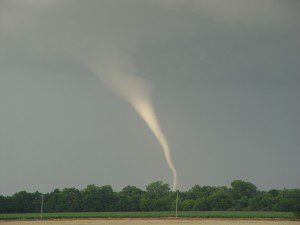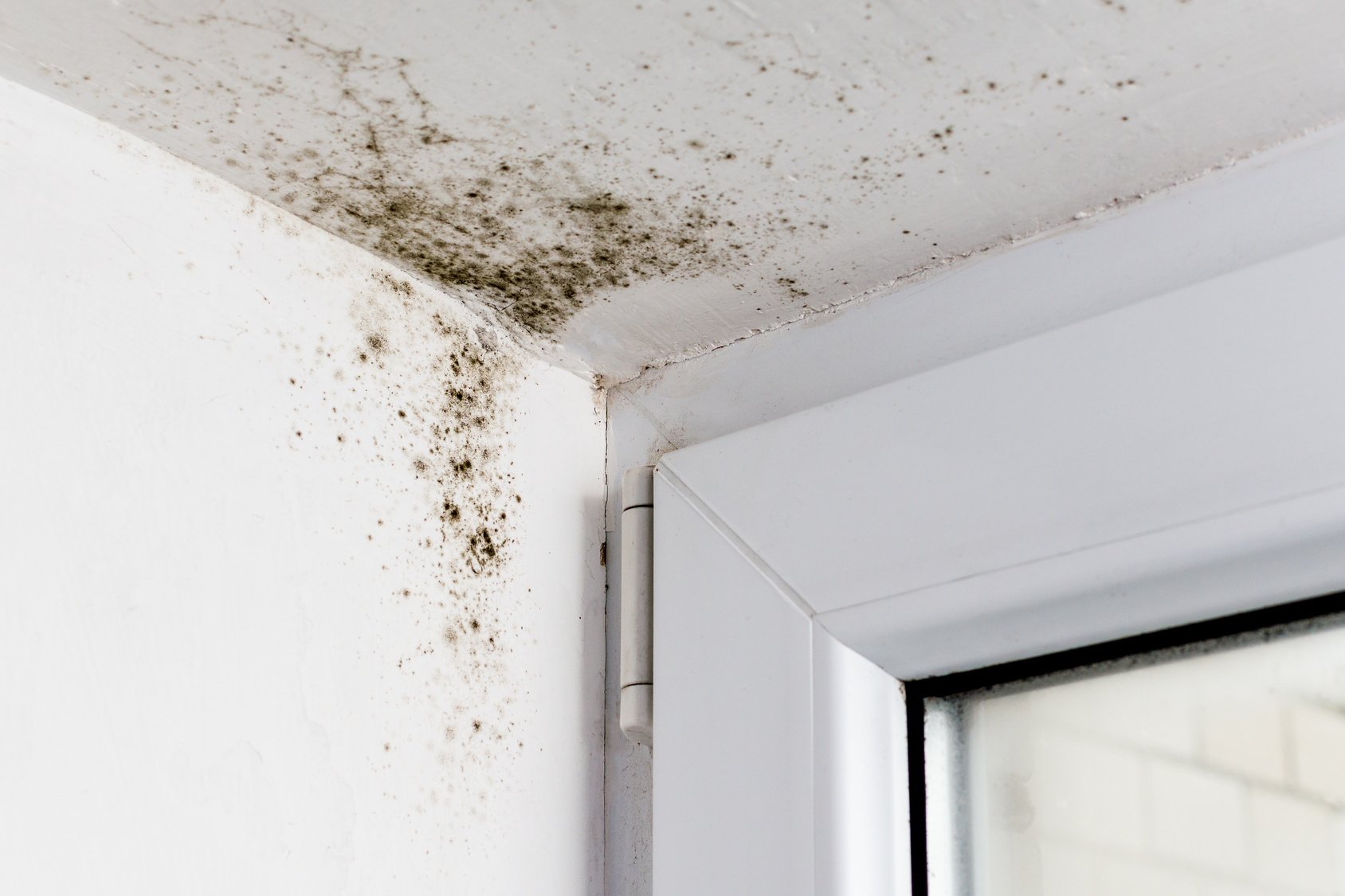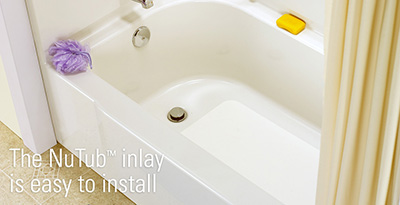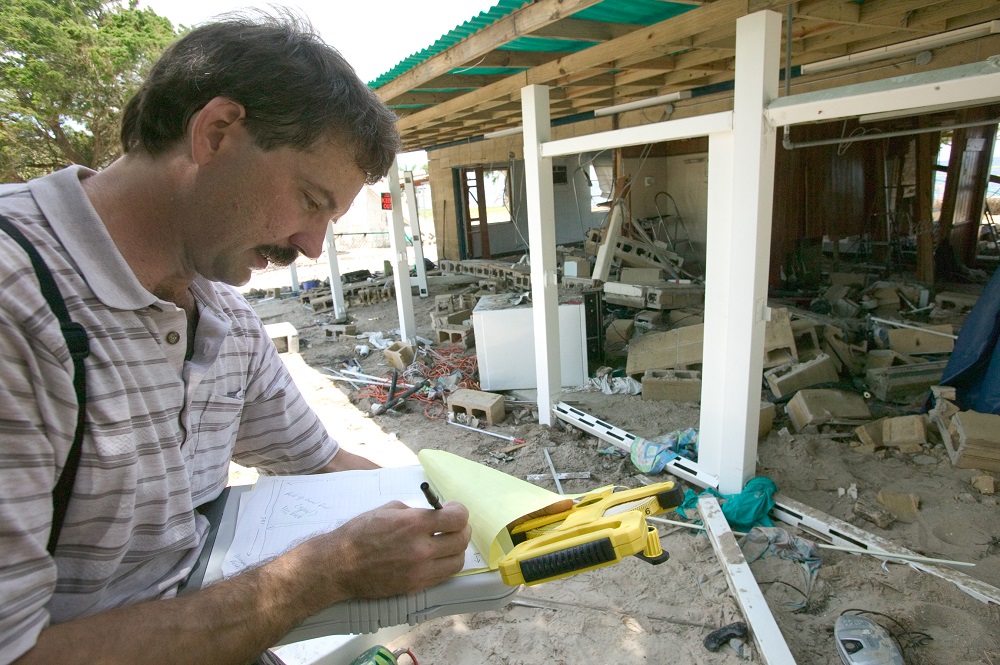Common Myths about Tornadoes
Thanks to viral videos, everyone has seen the destructive power of tornadoes, even if they live hundreds of miles away from where they usually strike. But even with reputable weather websites easily available, several myths continue to circulate about tornadoes. The Online Tornado FAQ section at the National Oceanic and Atmospheric Administration (NOAA) helps dispel many of them.
Myth: Open windows to equalize pressure.
It does no good and it’s safer to avoid windows during tornadoes. If you’re near windows to open them, and flying debris breaks the glass, you’ll get hurt.
Myth: The southwest corner of the basement is the safest place during a tornado.
This belief came about because since most tornadoes come from the southwest, in theory, most of the debris should fall in the northeast part of the basement. In reality, tornadoes can come from any direction, and winds will blow debris everywhere. The safest place in the basement is under a sturdy workbench, mattress or similar covering, and not under heavy objects on the upper floors.
Myth: Mobile homes attract tornadoes.
It might seem that way from the extent of the damage, but it’s not true. Mobile homes aren’t built the same as traditional homes; the materials and building techniques are different. Even worse, when a tornado strikes, a mobile home can truly live up to its name, unlike a traditional home.
Myth: If you’re in your car and see a tornado, the best place to go is under a bridge or overpass.
Debris is still going to be blown around and there’s no protection under a bridge. Even holding tightly to a support can’t stop people from being blown loose. Even worse, the bridge itself can collapse. The best thing to do is park and get inside a building. If you’re on the highway, take an exit and seek shelter or travel away from the path of the tornado at right angles; if it’s moving left, drive to your right and vice versa.
Disaster RestorationRestoration is the process of returning a property to its pr... More Services and Costs
If your home or business suffers water damage after a tornado, flood, or from a leaking roof, call the pros at RestorationMaster. They’re on the scene within hours to minimize the damage and begin the cleanup process. Their moisture meters and thermal cameras reveal the extent of the damage while air movers and dehumidifiers reverse it.
The costs to clean up water damage vary, depending on the extent of the damage. The average cost to repairRepair is the act of fixing or restoring damaged property, m... More water damage is $2100.













